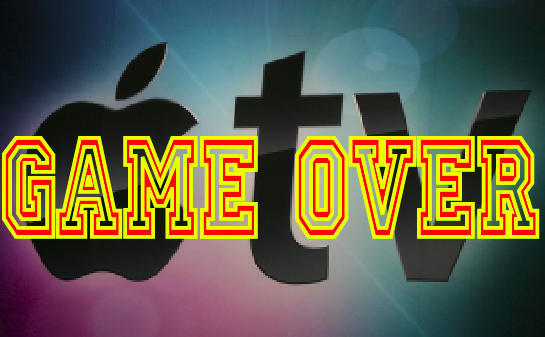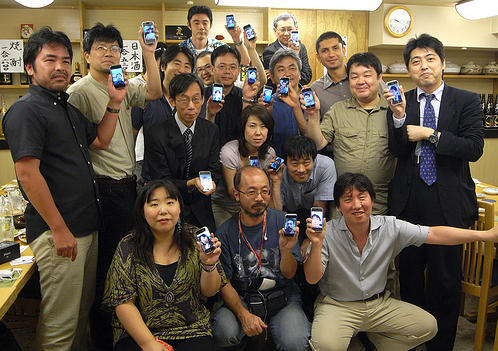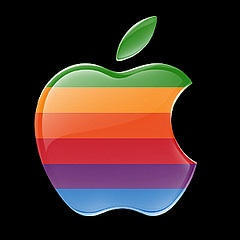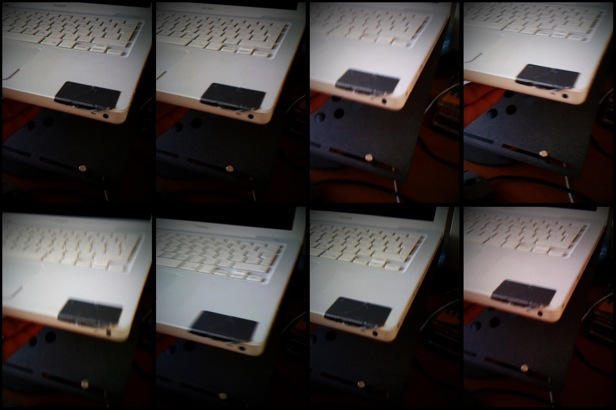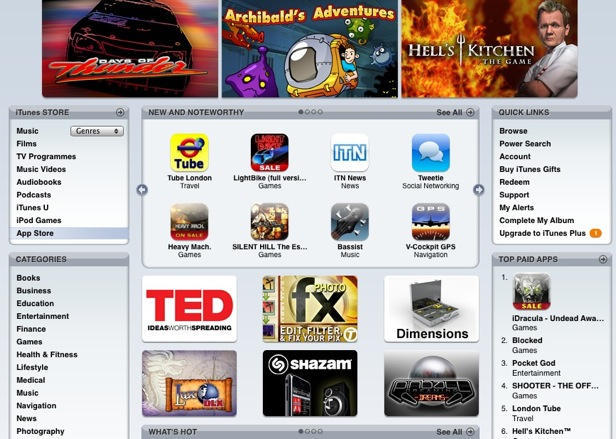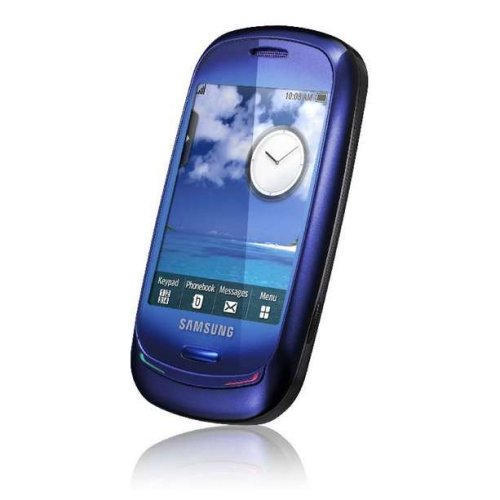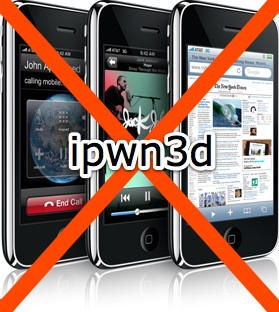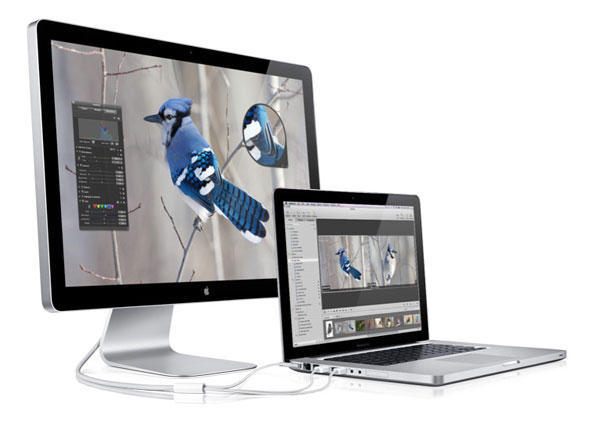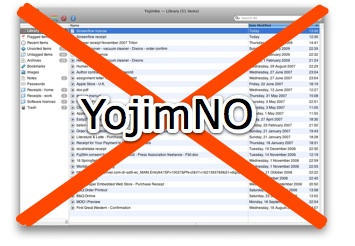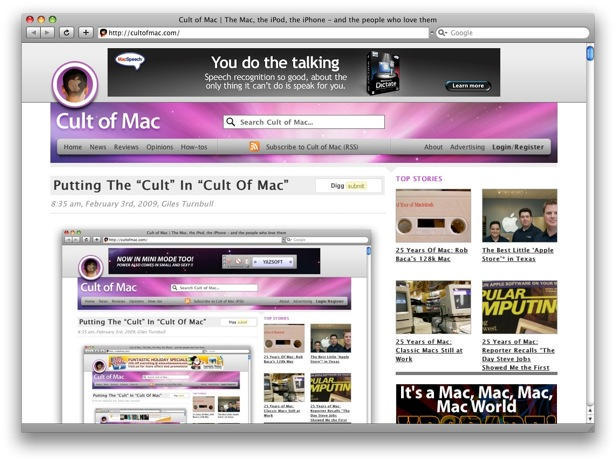A tiny authentication chip in the headset with on-cord control shipped with the just-released iPod shuffle is raising concerns among some that Apple will extort licensing fees from third-party headset manufacturers who wish to make headsets compatible with Apple’s new music playing devices.
First reported Friday in a review of the new shuffle at iLounge, the authentication chip was then derided by the Electronic Frontier Foundation as Apple’s attempt to invoke the Digital Millennium Copyright Act not to stop piracy, but to impede competition and innovation.
Saturday night, Boing Boing Gadgets posted pictures of the curious chip, along with a thoughtful piece pondering whether Apple’s engineering really amounts to DRM: “For all we know, it could be something the FCC made them put in so that it doesn’t interfere with whalesong.”
The EFF raises a great point, actually, wondering why more reviewers have not seized on Apple’s proliferating instances of hardware DRM: “If it were Microsoft demanding that computer peripherals all include Microsoft “authentication chips” in order to work with Windows (or Toyota or Ford doing the same for replacement parts), … reviewers would be screaming about it.”
In the final analysis, however, if Apple is in fact, as Boing Boing put it, “attempting to eat the headphone industry whole,” the company will lose. Consumers have the last vote and to the extent it may seem Apple products are stifling competition, raising prices and limiting choice, Apple’s tiny devices will go unsold.
There are already many many alternative music players on the market for consumers to choose from – some of the best even made by Apple itself – making the new shuffle a stillborn product if consumers perceive an inability to use it as they see fit.
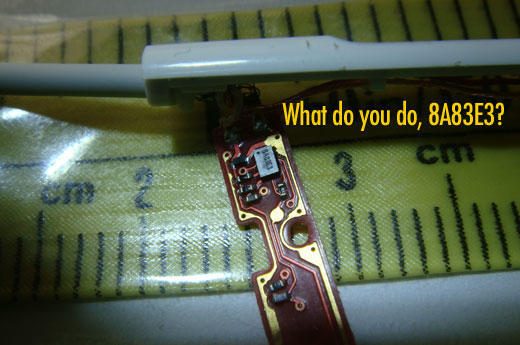




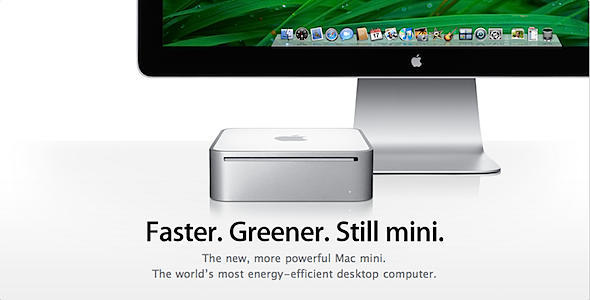
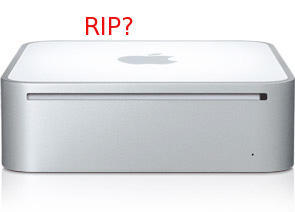

 Using your finger on the iPhone’s touch interface you can highlight just enough color on a black and white image to make it pop, turning something ordinary and mundane into something extraordinary and memorable.
Using your finger on the iPhone’s touch interface you can highlight just enough color on a black and white image to make it pop, turning something ordinary and mundane into something extraordinary and memorable.